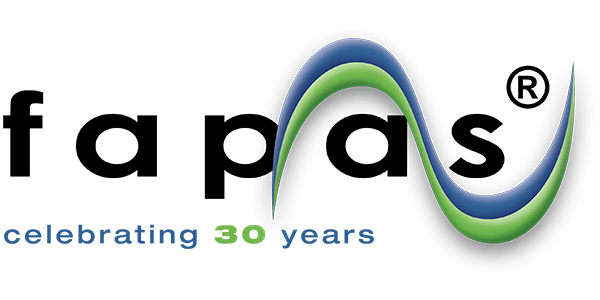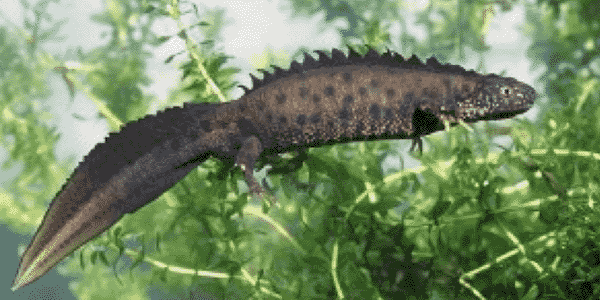
Visit our other sites
-
Fapas - Proficiency Testing
Globally recognised provider of proficiency tests, running over 400 tests annually across an extensive range of matrices and analytes
-
Great Crested Newts Testing
A single sample taken by an ecologist at any time during the newt breeding season can determine their presence or absence, saving you time and money
Eleanor is a molecular ecologist at Fera, applying DNA typing and sequencing methods to detect and identify species.


-
Area of expertise
Ecology, Biodiversity and the Environmental Impacts of Agricultural Production
-
Years of experience
10
-
Highest qualification
PhD
Eleanor is a molecular ecologist at Fera, applying DNA typing and sequencing methods to detect and identify species. This ranges from identifying species by 'DNA barcoding' where conventional identification cannot be used, to recovering and identifying target DNA from a range of matrices or environments such as pathogens in plant material, tree species from mixed wood samples, or organisms in ponds or lakes. Eleanor's other main area of research and expertise is in population genetics, using DNA-based methods to examine population dynamics (colonisation and admixture, population differentiation, breeding systems, dispersal distances) in a range of animals, including bees, hornets, house mice, rats, and foxes.
More about environmental DNA
eDNA is particularly useful to identify species in water bodies and is used most famously for great crested newts. However there are many other species and things we can use eDNA for other Species.
Read about Eleanor's latest research project...
Animal and plant species can be identified by their DNA, typically using a short ‘DNA barcode’ fragment. This technique is useful in a range of scenarios: providing identification from an unknown or fragmentary specimen, identifying what is in a mixed sample, or detecting species in their environment without monitoring the species themselves. This final area, known by the acronym ‘eDNA’, is a rapidly developing field, already commercially available at Fera to detect the presence of Great Crested Newts in ponds without seeing or capturing the newts themselves. We are currently working on detecting the fish species present in lakes using DNA from water samples, and methods to capture DNA from water more effectively. eDNA has the potential to provide a lower cost and lower effort alternative to conventional survey methods.
Beyond identifying individual species, it can be necessary to consider the relationship between individuals and populations within a particular species. We use DNA sequence data and markers (typically microsatellites) to study factors such as routes of colonisation, how differentiated populations are from each other, levels of inbreeding within populations, and how individuals are related to each other. We have used these methods in a range of studies including investigating the origin and spread of invasive species, identifying and differentiating cultivars or races of cultivated plants, or providing data to model how new diseases may spread within established populations.
Find out more
Latest Papers and Articles
Harper, L.R., Buxton, A.S., Rees, H.C., Bruce, K., Brys, R., Halfmaerten, D., Read, D.S., Watson, H.V., Sayer, C.D., Jones, E.P. and Priestley, V., 2018. Prospects and challenges of environmental DNA (eDNA) monitoring in freshwater ponds. Hydrobiologia, pp.1-17.
Budge GE, Hodgetts J, Jones EP, Ostojá-Starzewski JC, Hall J, Tomkies V, Semmence N, Brown N, Wakefield M, Stainton K (2017) The invasion, provenance and diversity of Vespa velutina Lepeletier (Hymenoptera: Vespidae) in Great Britain. PloS One, e0185172.
Herman JS, Jóhannesdóttir F, Jones EP, McDevitt AD, Michaux JD, White TA, Wójcik JM, Searle JB (2017) Post-glacial colonisation of Europe by the wood mouse, Apodemus sylvaticus: evidence of a northern refugium and dispersal with humans. Biological Journal of the Linnean Society, 120, 313–332.
Haniza MZH, Adams S, Jones EP, MacNicoll A, Mallon EB, Smith RH, Lambert MS. (2015) Large-scale structure of brown rat (Rattus norvegicus) populations in England: effects on rodenticide resistance. PeerJ 3:e1458 https://doi.org/10.7717/peerj.1458
Atterby H, Allnutt TR, MacNicoll AD, Jones EP, Smith GC (2014) Population genetic structure of the red fox (Vulpes vulpes) in the UK. Mammal Research, 60, 9-19.
Jones EP, Eager HM, Gabriel SI, Jóhannesdóttir F and Searle JB (2013) Genetic tracking of mice and other bioproxies to infer human history. Trends in Genetics, 29, 298-308.
Wang B, Ekblom R, Castoe TA, Jones EP, Kozma R, Bongcam-Rudloff E, Pollock D and Höglund J (2013) Transcriptome sequencing of black grouse (Tetrao tetrix) for immune gene discovery and microsatellite development.

Events past and future
2017: “Asian hornets”. Talk at the Bee Inspectors Technical Training Conference.
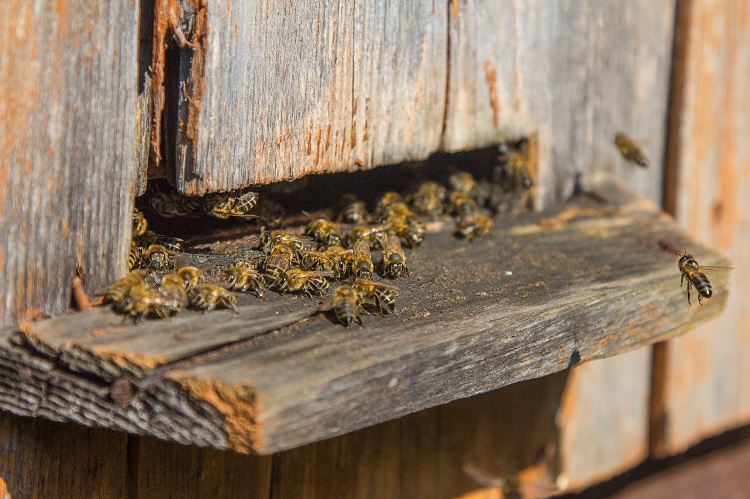
Eleanor and their team work with customers to deliver the following services within Fera...
NA-based detection and sequencing methods and population genetic analysis.
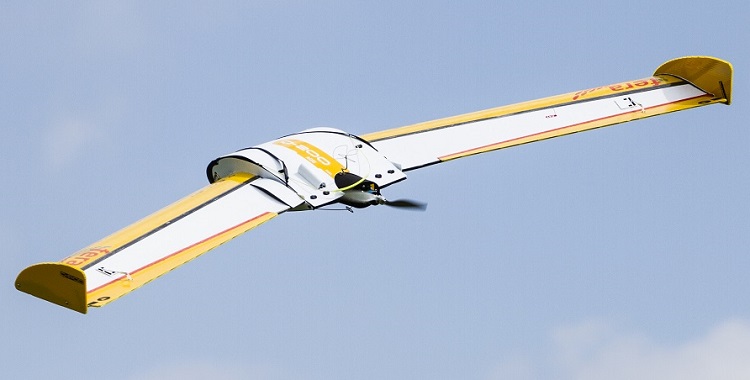
Remote Sensing & Mapping
If you need to survey an area of land for development, crop or vegetation monitoring, land condition assessment or any other spatial or mapping study – you can save considerable time, money & resources with Fera’s Unmanned Aerial Vehicle (UAV) services.

Economics
We help societies to become more resilient or achieve the three pillars of sustainability through combining bottom and top-down decision making approaches under rapid socio-economic changes. Fera can help you to understand the likely impacts and cost-effectiveness of your decisions and actions, so you can make well-informed choices on how to deploy the economic resources available.
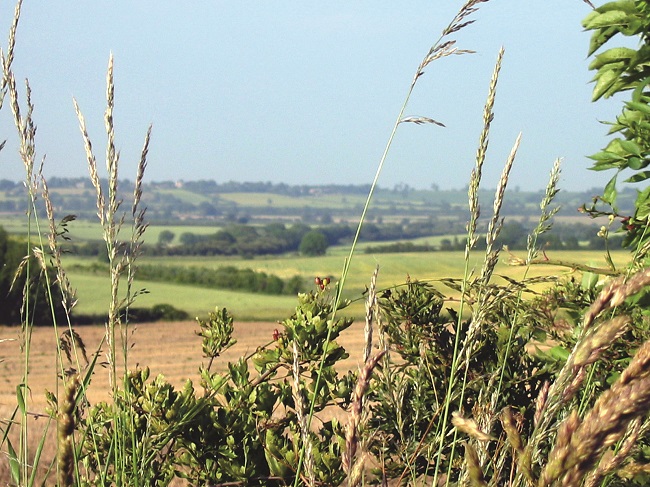
Environmental Planning & Policy
Fera is in a unique position to combine academic research, big data, forecasting models and information from a host of sources to inform practical environmental solutions and policy decisions across the public and private sector.
Read about Eleanor's latest research project...
Animal and plant species can be identified by their DNA, typically using a short ‘DNA barcode’ fragment. This technique is useful in a range of scenarios: providing identification from an unknown or fragmentary specimen, identifying what is in a mixed sample, or detecting species in their environment without monitoring the species themselves. This final area, known by the acronym ‘eDNA’, is a rapidly developing field, already commercially available at Fera to detect the presence of Great Crested Newts in ponds without seeing or capturing the newts themselves. We are currently working on detecting the fish species present in lakes using DNA from water samples, and methods to capture DNA from water more effectively. eDNA has the potential to provide a lower cost and lower effort alternative to conventional survey methods.
Beyond identifying individual species, it can be necessary to consider the relationship between individuals and populations within a particular species. We use DNA sequence data and markers (typically microsatellites) to study factors such as routes of colonisation, how differentiated populations are from each other, levels of inbreeding within populations, and how individuals are related to each other. We have used these methods in a range of studies including investigating the origin and spread of invasive species, identifying and differentiating cultivars or races of cultivated plants, or providing data to model how new diseases may spread within established populations.
Find out more
Latest Papers and Articles
Harper, L.R., Buxton, A.S., Rees, H.C., Bruce, K., Brys, R., Halfmaerten, D., Read, D.S., Watson, H.V., Sayer, C.D., Jones, E.P. and Priestley, V., 2018. Prospects and challenges of environmental DNA (eDNA) monitoring in freshwater ponds. Hydrobiologia, pp.1-17.
Budge GE, Hodgetts J, Jones EP, Ostojá-Starzewski JC, Hall J, Tomkies V, Semmence N, Brown N, Wakefield M, Stainton K (2017) The invasion, provenance and diversity of Vespa velutina Lepeletier (Hymenoptera: Vespidae) in Great Britain. PloS One, e0185172.
Herman JS, Jóhannesdóttir F, Jones EP, McDevitt AD, Michaux JD, White TA, Wójcik JM, Searle JB (2017) Post-glacial colonisation of Europe by the wood mouse, Apodemus sylvaticus: evidence of a northern refugium and dispersal with humans. Biological Journal of the Linnean Society, 120, 313–332.
Haniza MZH, Adams S, Jones EP, MacNicoll A, Mallon EB, Smith RH, Lambert MS. (2015) Large-scale structure of brown rat (Rattus norvegicus) populations in England: effects on rodenticide resistance. PeerJ 3:e1458 https://doi.org/10.7717/peerj.1458
Atterby H, Allnutt TR, MacNicoll AD, Jones EP, Smith GC (2014) Population genetic structure of the red fox (Vulpes vulpes) in the UK. Mammal Research, 60, 9-19.
Jones EP, Eager HM, Gabriel SI, Jóhannesdóttir F and Searle JB (2013) Genetic tracking of mice and other bioproxies to infer human history. Trends in Genetics, 29, 298-308.
Wang B, Ekblom R, Castoe TA, Jones EP, Kozma R, Bongcam-Rudloff E, Pollock D and Höglund J (2013) Transcriptome sequencing of black grouse (Tetrao tetrix) for immune gene discovery and microsatellite development.

Events past and future
2017: “Asian hornets”. Talk at the Bee Inspectors Technical Training Conference.

Eleanor and their team work with customers to deliver the following services within Fera...
NA-based detection and sequencing methods and population genetic analysis.

Remote Sensing & Mapping
If you need to survey an area of land for development, crop or vegetation monitoring, land condition assessment or any other spatial or mapping study – you can save considerable time, money & resources with Fera’s Unmanned Aerial Vehicle (UAV) services.

Economics
We help societies to become more resilient or achieve the three pillars of sustainability through combining bottom and top-down decision making approaches under rapid socio-economic changes. Fera can help you to understand the likely impacts and cost-effectiveness of your decisions and actions, so you can make well-informed choices on how to deploy the economic resources available.

Environmental Planning & Policy
Fera is in a unique position to combine academic research, big data, forecasting models and information from a host of sources to inform practical environmental solutions and policy decisions across the public and private sector.

Copyright © 2025 Fera Science Limited (“Fera”). All rights reserved.
For further information about how Fera uses any personal data collected from you, please see our Privacy Notice at www.fera.co.uk/privacy-policy.
